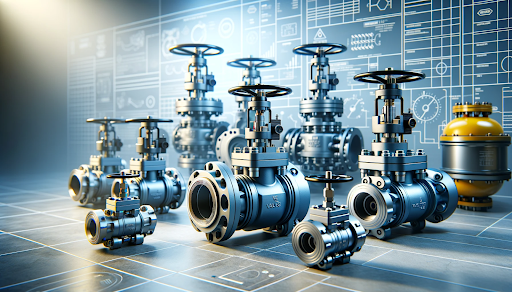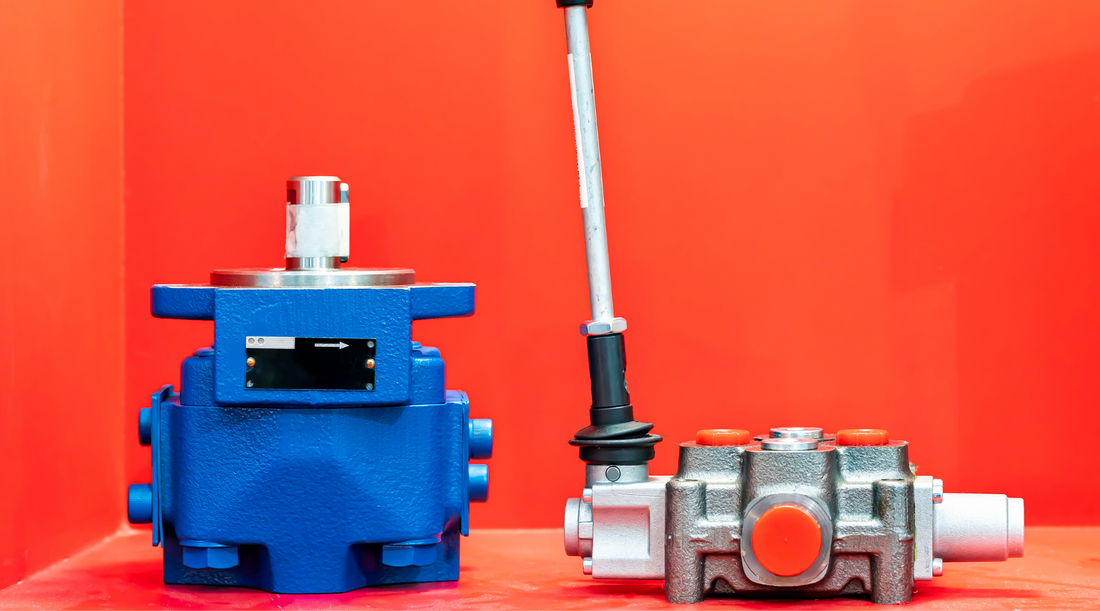Comprehending the Value of Control Valves in Process Automation
Comprehending the Value of Control Valves in Process Automation
Blog Article

Maximize Power Financial Savings and Comfort With Advanced Structure Automation Controls
In the realm of modern architecture and center management, the assimilation of innovative structure automation regulates stands as an essential improvement. The merging of modern technology and sustainability has actually birthed a brand-new age where power effectiveness, convenience optimization, and operational streamlining are no more obtainable realities but remote desires. By taking advantage of the power of automation, structures can adjust, respond, and evolve in manner ins which were when unimaginable. The possibility for considerable power savings and improved comfort is not just a possibility but a promise waiting to be fulfilled. This paradigm shift in building administration holds the key to opening a world where environmental conscientiousness and passenger wellness harmoniously coexist within the walls of our frameworks.
Power Effectiveness Benefits
Power performance advantages can considerably reduce power usage and functional costs in buildings. Energy-efficient systems, such as innovative structure automation controls, can enhance the usage of resources like lights, home heating, and cooling, leading to reduced energy expenses over time.
In addition, enhanced power performance can lengthen the life-span of building equipment and systems. By running more efficiently, a/c systems, lighting fixtures, and other structure elements experience less wear and tear, causing decreased maintenance and replacement expenses. Additionally, energy-efficient buildings often command higher home values and rental rates, offering lasting monetary advantages to proprietors.
Furthermore, power efficiency can enhance occupant comfort and productivity. Effectively regulated indoor settings with optimal lighting and thermal problems produce an even more pleasurable and helpful work space, leading to boosted staff member complete satisfaction and efficiency. Generally, the power efficiency benefits related to sophisticated building automation controls are multifaceted, encompassing price savings, environmental stewardship, and passenger well-being.
Boosted Comfort Control
Enhancing comfort control in structure environments needs an advanced combination of sophisticated automation systems for optimal occupant well-being. By making use of innovative structure automation controls, facilities can tailor the interior environment to fulfill the certain requirements and choices of occupants. These systems allow exact regulation of illumination, ventilation, and temperature, developing a effective and comfortable atmosphere. Owner complete satisfaction and performance are carefully connected to thermal convenience, making it vital to have systems in position that can adjust to transforming conditions in real-time.
By including these advanced controls, buildings can not only enhance convenience but additionally boost power performance by enhancing system procedures based on real occupancy and usage patterns. Inevitably, prioritizing owner comfort through advanced automation systems leads to a more satisfying and healthier interior environment.
Functional Effectiveness Improvements

In addition, the execution of real-time monitoring and analytics tools allows structure operators to identify energy inefficiencies and operational abnormalities without delay. By continually monitoring energy usage patterns and system efficiency metrics, adjustments can be made in real-time to optimize energy intake and make certain peak functional effectiveness. control valves. In addition, incorporating demand reaction approaches right into structure automation controls can additionally enhance operational effectiveness by dynamically adjusting power usage based on grid conditions and rates signals
Indoor Environment Optimization
Effective interior climate optimization is a fundamental facet of structure automation controls, ensuring occupants' convenience and well-being while maximizing energy savings. By making use of advanced sensing units and controls, developing automation systems can continually keep track of and visit here readjust temperature, moisture degrees, air top quality, and ventilation to create an optimum interior environment. Maintaining constant and comfy conditions not only improves occupant satisfaction yet also boosts efficiency and general wellness.
Indoor climate optimization likewise plays an important role in power effectiveness. By fine-tuning ventilation, cooling, and home heating systems based on real-time data and tenancy patterns, constructing automation controls can substantially reduce power consumption - control valves. As an example, executing techniques such as demand-controlled ventilation and thermal zoning can assist decrease energy waste while making sure that each location of the structure gets the necessary conditioning.

Lasting Atmosphere Production
Building automation manages not just optimize indoor environment conditions for energy efficiency and occupant comfort yet additionally lay the foundation for creating a lasting atmosphere with strategic administration of systems and sources. By integrating advanced building automation modern technologies, such as sensors, actuators, and intelligent software, centers can change and monitor power use content in real-time to decrease waste and decrease their carbon footprint. These systems enable anticipating upkeep, recognizing possible issues before they intensify and maximizing equipment efficiency to enhance long life and efficiency.
In addition, lasting atmosphere development prolongs beyond power monitoring to incorporate water conservation, waste reduction, and interior air top quality enhancement. Structure automation controls can regulate water use, discover leakages, and make certain correct waste disposal techniques, contributing to general sustainability efforts. Furthermore, by monitoring and regulating ventilation and filtering systems, these modern technologies boost occupant health and wellness and efficiency while reducing power intake connected with a/c operations.
Verdict
To conclude, advanced structure automation regulates deal significant advantages in terms of power savings, comfort control, functional efficiency, interior climate optimization, and producing a lasting atmosphere. By implementing these controls, buildings can attain optimal efficiency while minimizing power intake and boosting resident comfort. It appears that making use of sophisticated automation modern technology is critical in improving building efficiency and creating a more lasting future.
Energy effectiveness benefits can substantially reduce energy usage and functional costs in structures. Generally, the power efficiency advantages connected with advanced structure automation controls are complex, incorporating cost financial savings, environmental stewardship, page and resident well-being.
In addition, incorporating demand feedback methods into structure automation controls can even more enhance operational effectiveness by dynamically readjusting power usage based on grid conditions and prices signals.
Building automation manages not only maximize interior environment conditions for energy efficiency and passenger comfort but additionally lay the structure for producing a sustainable environment through strategic administration of systems and resources.In verdict, advanced structure automation manages deal considerable benefits in terms of energy cost savings, comfort control, operational efficiency, interior climate optimization, and creating a sustainable setting.
Report this page